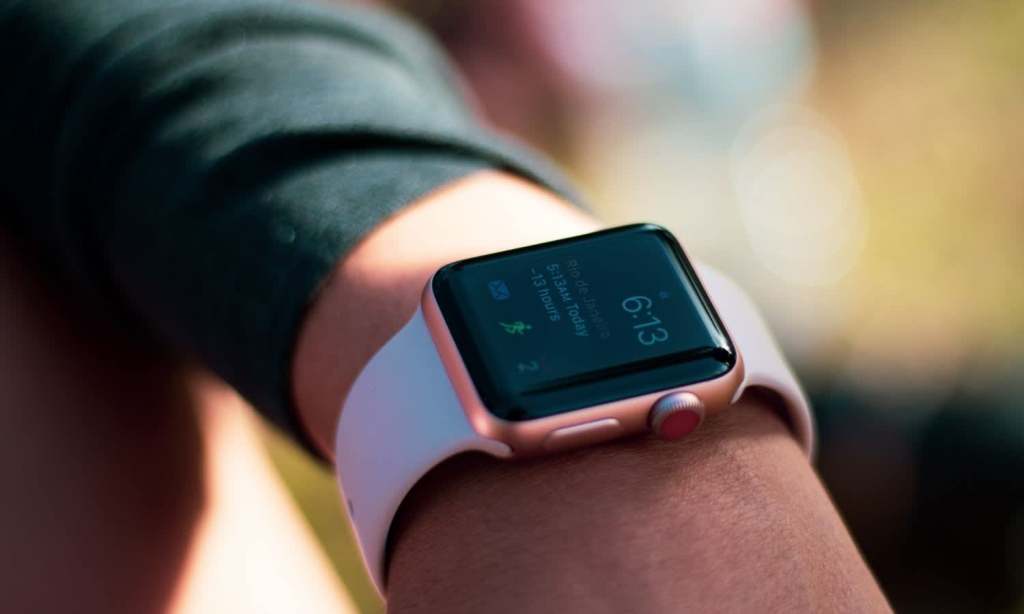If you’re not wearing a health and fitness wearable by now — honestly, what are you doing? Science has proven that fitness trackers do indeed make you walk more — and Apple Fitness has proved you can walk to work with Dolly Parton (in your headphones, at least). Fitbit can monitor your stress levels — is there an end to what fitness trackers can do?
Honestly, not really — but a lot of us don’t understand, or utilise the depth of the capabilities, of our wearable health and fitness devices. According to a survey conducted by The Australian Institute of Fitness (AIF), 87.5% of respondents agreed with that fact.
Oh, the AIF also ranked the top five fitness — and health! — wearables. These are the experts who qualified the likes of Kayla Itsines, Michelle Bridges and Tim Robards, so you know they know what they’re talking about.
To rank these, they looked at everything from functionality, user-friendliness, tracking and data capabilities to comfort, form, versatility and overall performance. As for the three most valued features in wearables, these are long battery life, user-friendly display and heart rate monitoring capability.
Without further ado, here are the top five trackers, ranked by overall performance:
- Apple Watch (24.20%)
- Garmin Watch (22.50%)
- Fitbit Watch (14.50%)
- Samsung Galaxy Watch (11.20%)
- Whoop Strap (9.60%)
Across “key capability categories”, Garmin and Apple both led across three categories each — Apple ranked best for weight loss, user-friendliness and form and comfort, while Garmin took out improving overall fitness, running performance and accuracy of tracking data. As for what topped sleep monitoring? Turns out it was the Whoop Strap.
However, we Aussies don’t fully understand the full capabilities of our wearables — especially when it comes to Heart Rate (HR) Training Zones and Heart Rate Variability (HRV). Kate Kraschnefski, head of training at the AIF, says HR training zones “can provide real-time feedback regarding the intensity and energy systems targeted within their sessions.”
As for HRV? “You can basically use HRV as your own personal assistant to tell you to either go hard, or pull back for a recovery day,” explains Kraschnefski.
And if you’re wondering what the future of wearable tech looks like, it won’t just be limited to your wrist. Oh, no — AIF experts are predicting in-ear fitness trackers with biosensors; hologram personal trainers; implantables and contact lenses with built-in virtual assistants.
Personally, we can’t wait to rock up to our local gym with a hologram personal trainer — will they be customisable, too?
Read more stories from The Latch and subscribe to our email newsletter.







